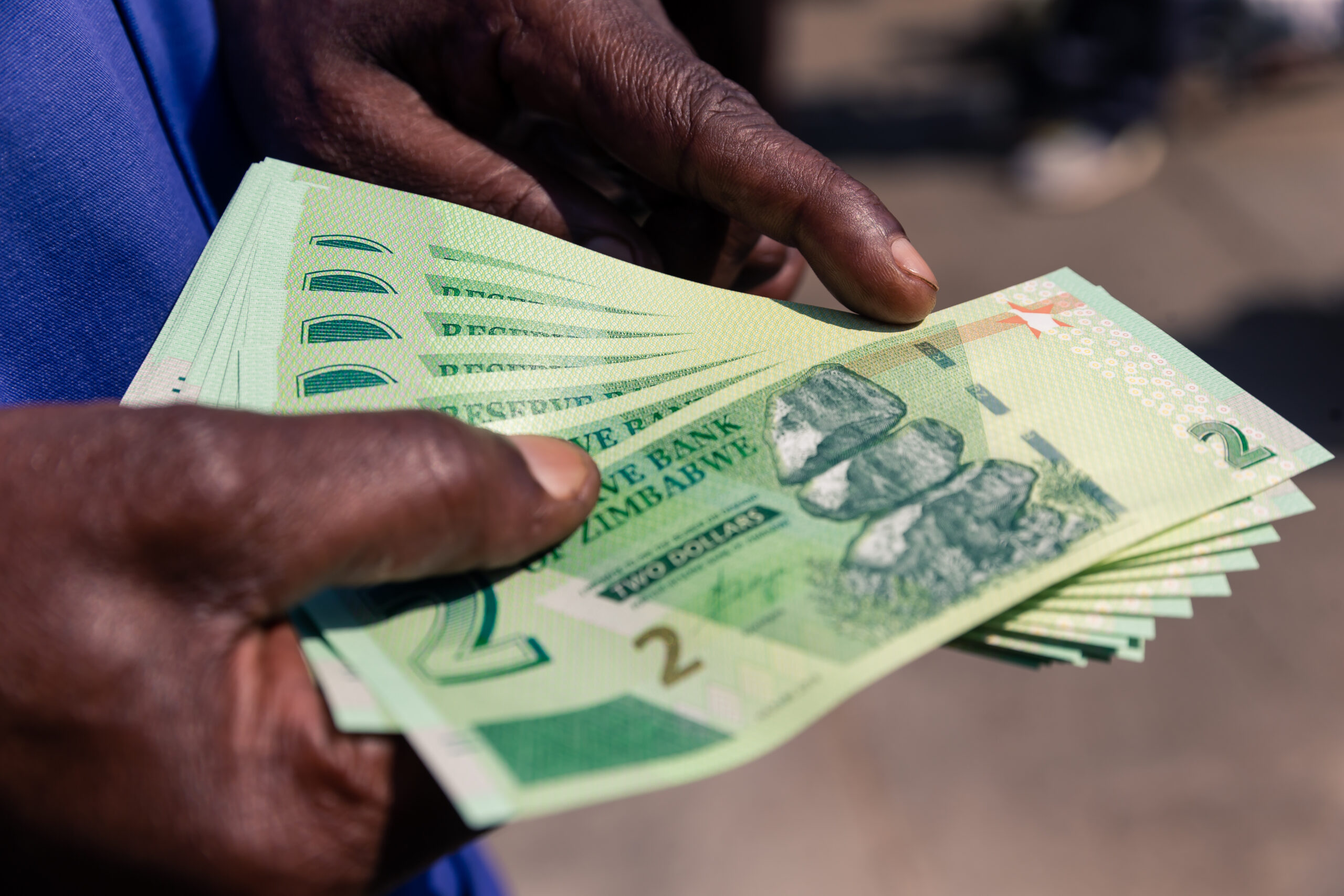Time for operation ‘Save Zimdollar’
In what can be used as a proxy for the level of dollarisation in the economy, foreign currency deposits constituted 81,51 percent of the total money supply as of June 2023, while local currency deposits accounted for 18,43 percent, and currency in circulation, 0,06 percent.
Is the Zimbabwe dollar facing an existential threat? Yes, if the trend reported in the 2023 Mid-Term Monetary Policy Statement released this week is not reversed.
While the actual level of dollarisation is not known, data from the central bank that formed part of the Mid-Term Monetary Policy Statement can be used as a proxy.
According to the apex bank, 81,51 percent of money supply in the economy is now in US dollars.
Bank deposits are now 88 percent in the greenback while 94 percent of loans are in US dollars as well.
While this time around the Monetary Authorities did not reveal the level of transactions conducted in US dollars, in February, the RBZ in its MPS revealed that there was “increased use of foreign currency in domestic transactions within the economy” and “high levels of foreign exchange deposits and loans in the banking sector of around 65 percent”.
In January, the Zimbabwe National Statistics Agency (ZimStat) estimated that US dollar transactions accounted for an average of 76,5 percent.
It will not be far-fetched to think that the level of US dollar transactions is now much higher in line with bank deposits and loans.
If this trend continues, the Zimbabwe dollar could become extinct. Such a situation, according to some experts, can limit the ability of the RBZ to respond to economic shocks and can make it more difficult to achieve economic goals.
While the dollarisation road has been travelled before, it only led to stability and limited economic growth.
Efforts to ramp up the economy under dollarisation resulted in the collapse of the first dollarisation era in 2016. Tax revenues were only enough to pay civil servants. Physical US dollar notes soon ran out, with banking customers getting withdrawal limits of just US$20 and later nothing.
Manufacturers and other local producers claim they lost competitiveness during that period and would not want to go through that experience again.
In any case, Mangudya does not believe the country has capacity to sustainably dollarise.
In June he told miners that it was ironic for a country that has no foreign currency to import electricity to want to dollarise its economy.
“It means that we have no capacity to dollarise because already we have a shortage.”
“So, people who want to dollarise are individuals but we don’t have capacity and what it means is that we need to embrace our local currency for local purchases so we reserve foreign currency for imports,” said Mangudya.
The market is, however, fast dollarising all the same.
While measures put in place in June to stabilise the local currency seem to be working, some fear it might be too late to save the local currency.
“On record, I want to categorically make it clear that the ZWL has no future . . . ,” reads part of a tweet by Professor Gift Mugano early July.
There are many with the same view and want authorities to throw in the towel and embrace dollarisation.
However, some, like Economist Joseph Mverecha, believe the local currency can still be saved and has a chance.
Reduce interest rates, and reduce statutory reserves so that banks can start lending in Zimbabwe dollars, is Mverecha’s solution.
Unfortunately, the RBZ through the latest Monetary Policy Committee resolution and this week’s MPS, has not embraced that idea.
Instead, interest have been kept unchanged at 150 percent for corporates and 75 percent for individuals and the productive sector.
A format of the local currency has a place in the market and in all fairness, should be protected and encouraged, according to Trigrams Investment Analyst Walter Mandeya.
“But safeguards are also required to prevent another relapse into hyperinflation. The loss of confidence in the local currency is very worrying as it points to a lack of cohesion between markets and policymakers, which impacts negatively on productivity and all the good things that come with it like increased employment, in the long run.
“There is need to have a shared understanding of what a local currency means and to what extent it represents our own confidence in our own abilities as a nation to manage our own affairs,” said Mandeya.
Many others believe there is a lot that can be done to salvage the local currency.
Reducing inflation and maintaining a healthy balance of payments, as we are seeing now, is a way of saving the local currency.
When people have confidence in the value of their currency, they are more likely to use it for everyday transactions.
At Business Weekly we think Government can also offer incentives to businesses that use local currency.
This can be done by offering tax breaks or subsidies to businesses that do so.
The Government itself can use the local currency in its transactions. This will send a signal to the public that the government believes in the local currency and that it is a safe and stable currency to use.
Economic analyst, Farai Mutambanengwe, however, believe authorities are not sincere in resolving the issue or dollarisation.
He advocates for in-country access to the US dollar for everyone.
At the moment, Mutambanengwe believes, the central bank is controlling the exchange rate movement “to allow arbitrage” .-ebusinessweekly











